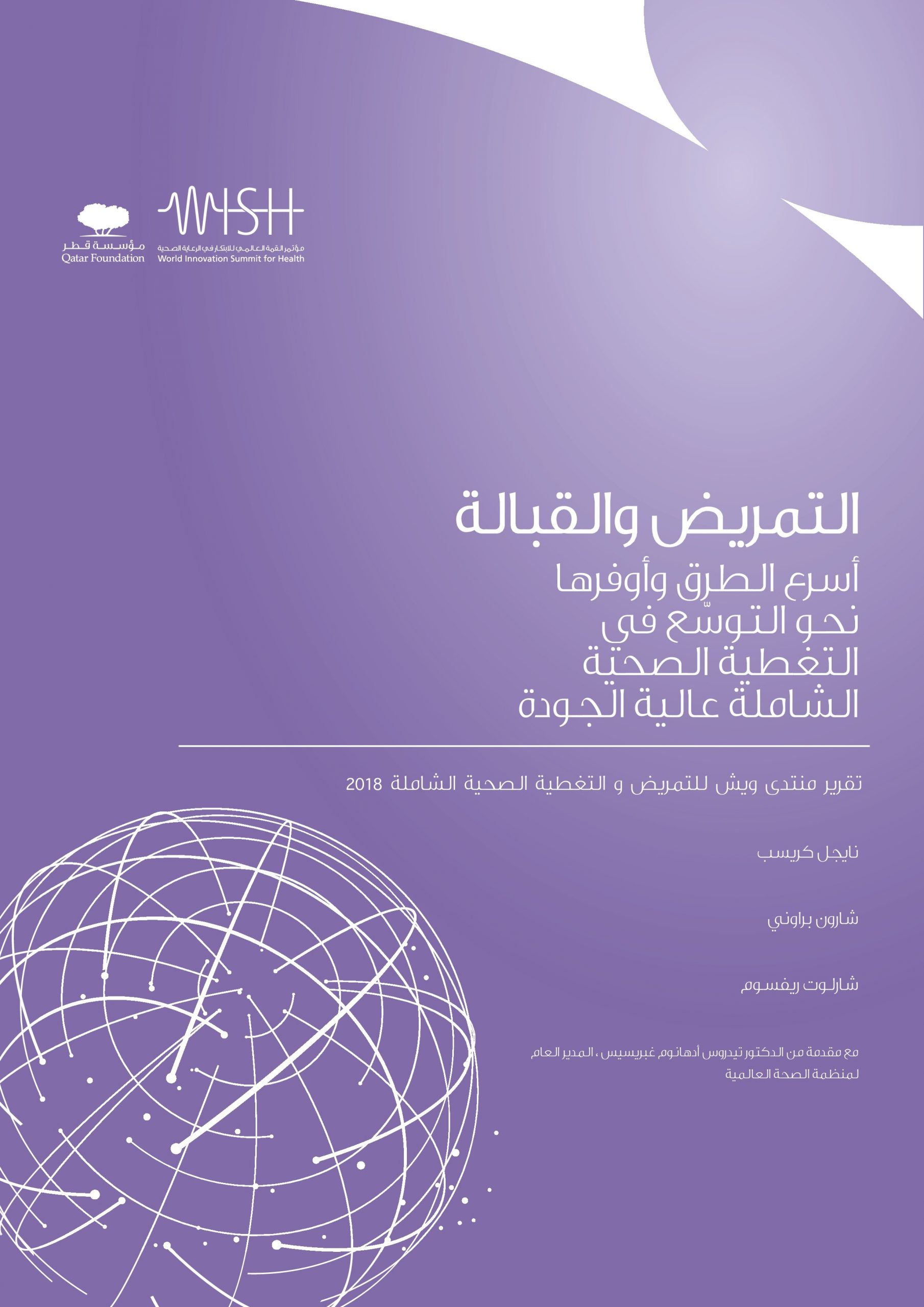ملخص تنفيذي
Nurses and midwives play a central role in all health systems. They support people in every aspect of their health and wellbeing – from health promotion to chronic disease management and specialist services. Together they make up half of the professional health workforce globally and account for about 90 percent of the contacts between patients and health professionals.
This report argues that countries that invest in and develop their nursing and midwifery workforce can achieve a rapid, cost-effective expansion of high-quality UHC. This will also help to realize the World Health Assembly (WHA) target of 1 billion more people benefiting from UHC within five years.
The report makes three main sets of arguments:
- The initial emphasis in UHC policy has been on financing and access to services. Much more attention now needs to be given to service quality, the promotion of health and the prevention of diseases – areas where nurses and midwives can play an increasing role – as well as investment in the health workforce.
- Nurses and midwives are well-placed to meet changing health needs – particularly for non-communicable diseases (NCDs) – to deliver increased levels of health promotion and disease prevention, to develop primary care, and to provide support and supervision for community health workers. However, they are very often not enabled, resourced and supported to use their education and experience to their full potential. This is an extraordinary waste of talent and resources.
- There are already many nurses who have taken on advanced and specialist roles, and globally many midwifery- and nurse-led services provide new and innovative models of care. These can be the foundation for a rapid, cost-effective expansion of high-quality UHC.
Moreover, a survey of attitudes in seven countries showed that the public were open to an increase in nurse-led services. More than two-thirds of respondents said that it didn’t matter who treated them for a non-life-threatening illness or condition – a doctor or a nurse – as long as they had the right training and skills. More than 80 percent saw nurses and doctors as equally valuable members of the healthcare team.
However, as other surveys show, there are currently many nurses and midwives working in poor conditions without adequate equipment and support, and consequently providing poor services.
Investment is needed in nursing and midwifery, as well as effective legislation, regulation, education and employment practices. There also needs to be a fundamental shift in policy at a national and global level to recognize what nurses and midwives can achieve if enabled to do so.
This report concludes by setting out a clear plan – with nursing and midwifery at its heart – for how countries can achieve a rapid, cost-effective expansion of high-quality UHC, and help to realize the WHA target.

